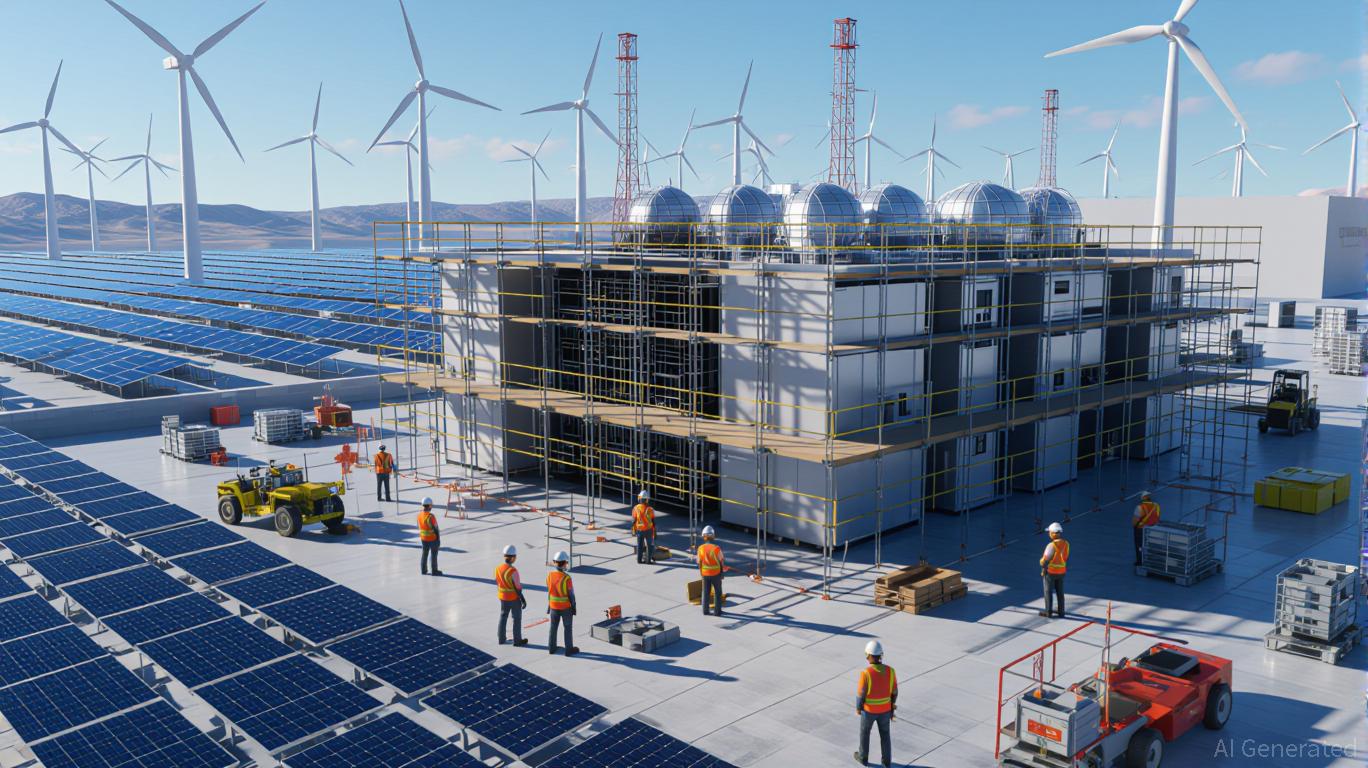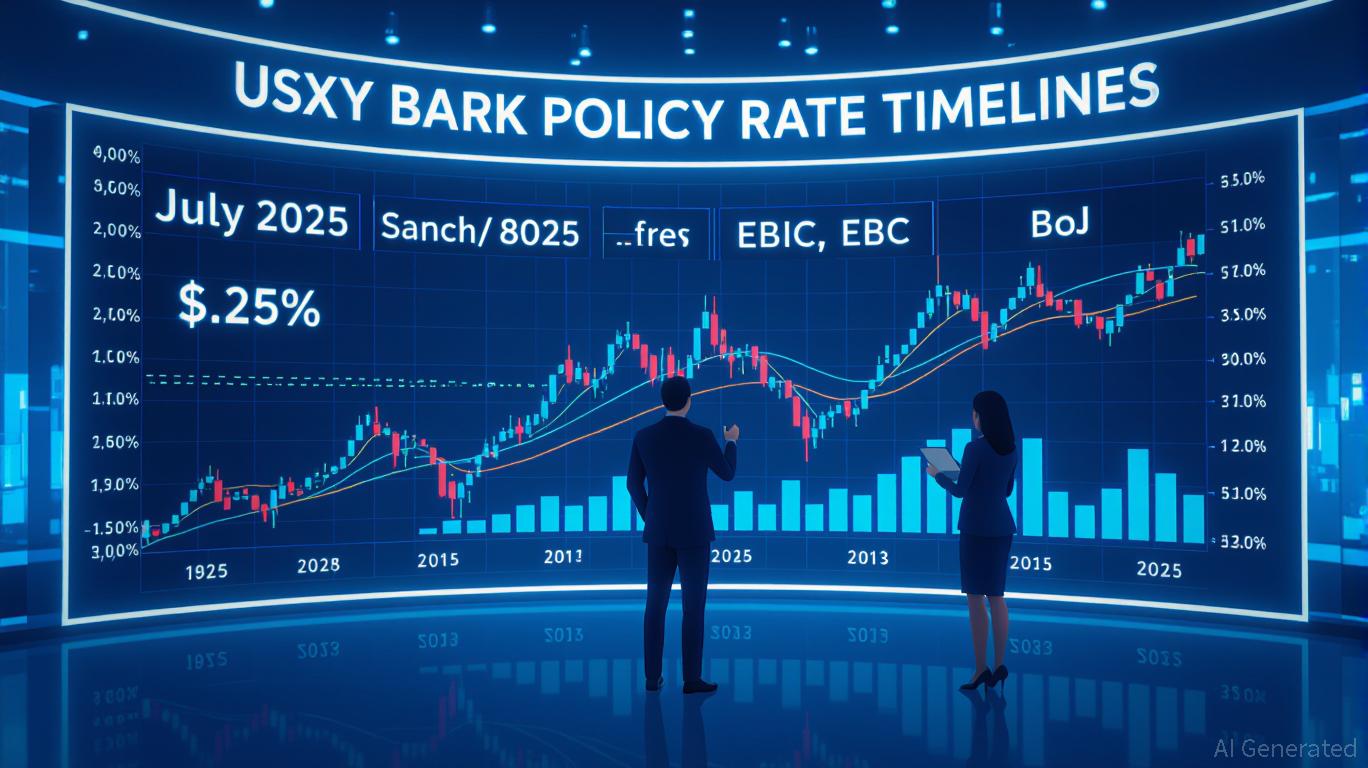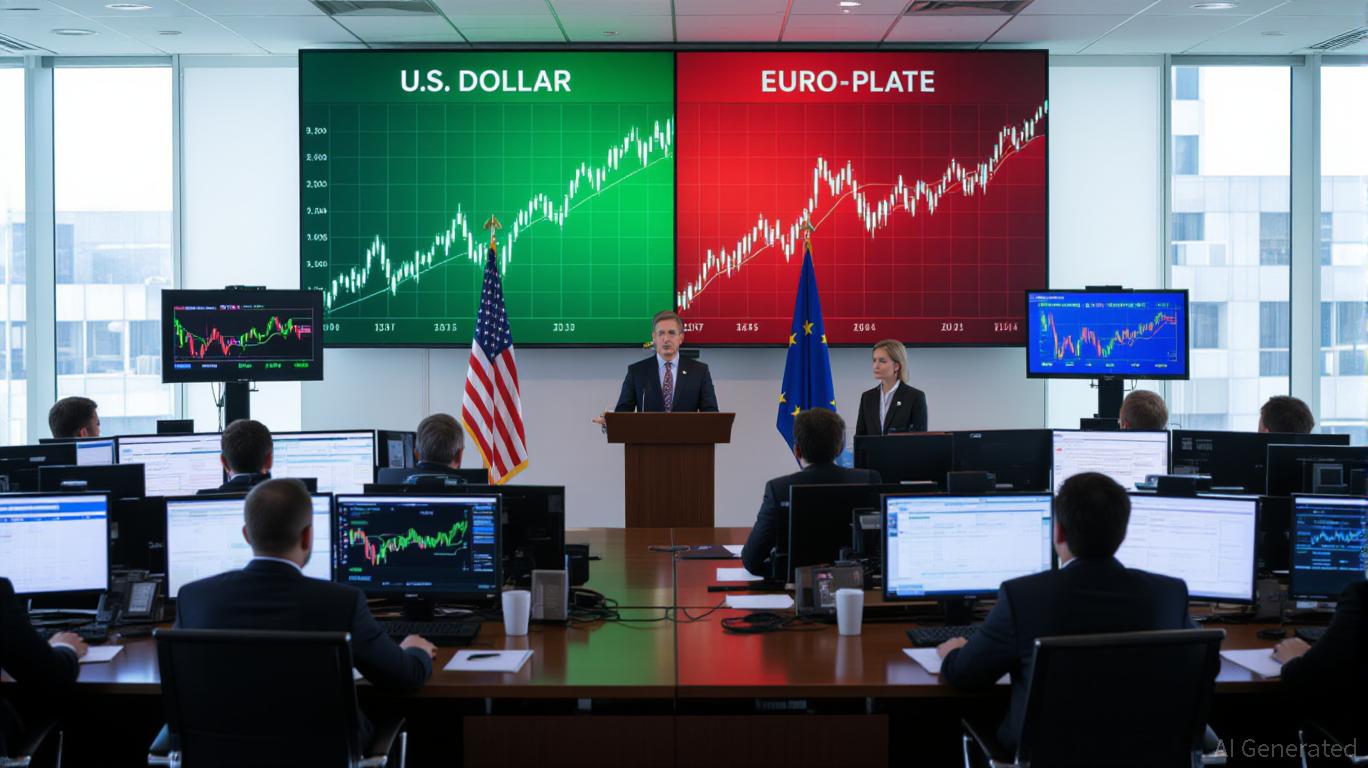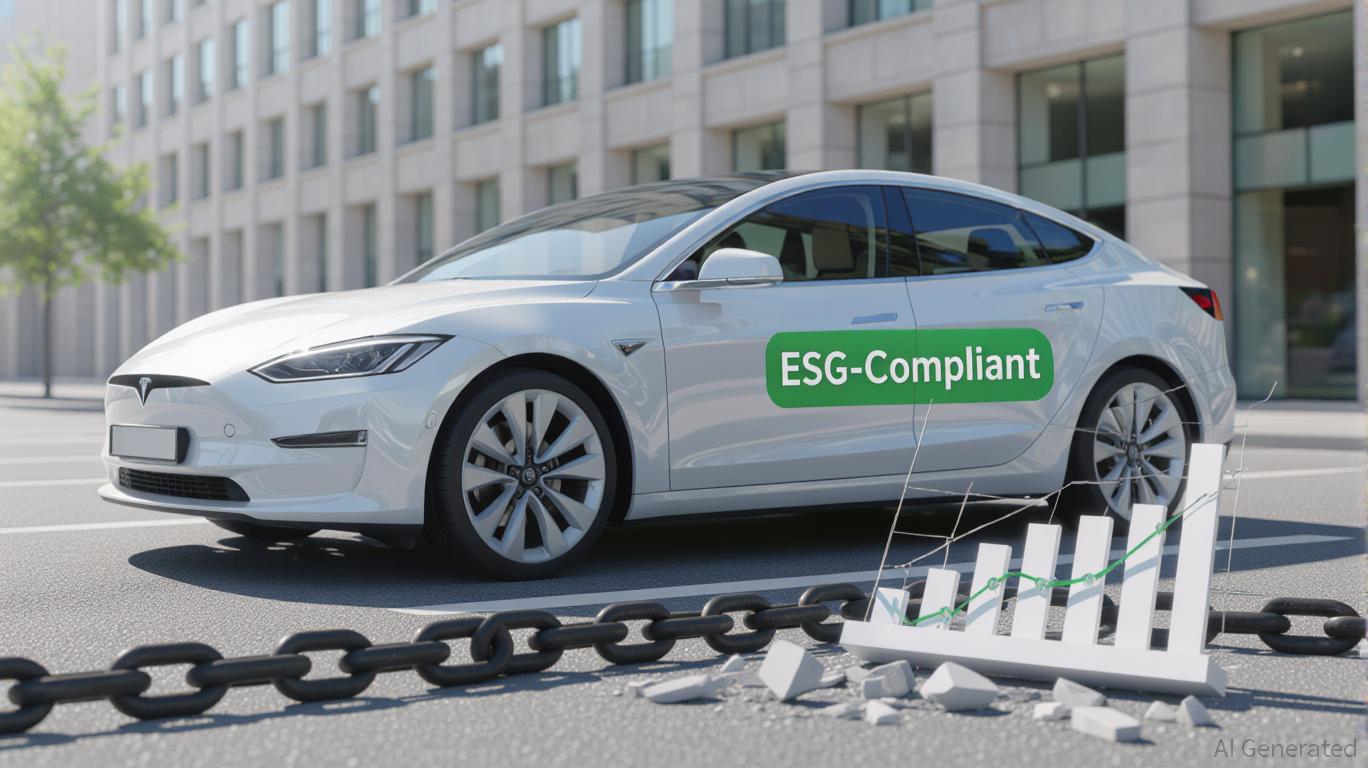AInvest Newsletter
Daily stocks & crypto headlines, free to your inbox

The AI revolution is no longer a distant promise—it's here, reshaping industries, economies, and investment landscapes. At the heart of this transformation lies one critical question: Who controls the infrastructure that powers AI? The answer, increasingly, is
. With its $6 billion Pennsylvania data center and a string of strategic moves, CoreWeave is positioning itself as the linchpin of the U.S. AI infrastructure boom. For investors, this is more than a story of technological progress—it's a masterclass in how to capitalize on compute-driven growth.CoreWeave's Pennsylvania project is no ordinary data center. Designed for high-performance AI workloads, it will initially operate at 100 megawatts (MW) of power capacity, with the potential to scale to 300 MW. This scalability is critical. As generative AI and large language models (LLMs) become tablestake technologies for enterprises, the demand for compute power is surging. The data center will serve as a hub for the Mid-Atlantic region, leveraging Pennsylvania's energy resources, skilled labor force, and supportive regulatory environment.
But the real genius lies in CoreWeave's ecosystem. The project is co-developed with Chirisa Technology Parks and Machine Investment Group, ensuring a collaborative approach to workforce development and community engagement. This isn't just about bricks and servers—it's about creating a regional AI cluster that generates ripple effects in local economies. Each data center job is projected to create six additional jobs, from construction to logistics, amplifying the project's economic impact.
CoreWeave's recent $9 billion acquisition of
is a game-changer. This deal gives CoreWeave access to 1.3 gigawatts of power across Core Scientific's national footprint, with an additional 1 GW of expansion potential. The acquisition eliminates over $10 billion in future lease costs and accelerates CoreWeave's ability to meet surging demand for GPU-powered compute. By integrating Core Scientific's assets, CoreWeave gains control over power infrastructure, a critical bottleneck in the AI arms race.The company's partnership with OpenAI further cements its dominance. A $11.9 billion contract to deliver AI infrastructure for OpenAI's next-gen models ensures a steady revenue stream and validates CoreWeave's technical capabilities. This is no speculative play—it's a long-term bet on the winners of the AI era.
The data center market is in a state of crisis. Vacancy rates in key markets have plummeted to 1.9%, and lead times for new capacity exceed 24 months. Meanwhile, 70% of companies now allocate at least 10% of their IT budgets to AI, driving a $1.5 trillion global infrastructure market by 2027. CoreWeave is addressing these challenges head-on:
No investment is without risk. CoreWeave's aggressive expansion could strain liquidity, and the AI infrastructure sector is becoming increasingly crowded. Competitors like
and are investing heavily in their own AI clouds. However, CoreWeave's focus on AI-specific infrastructure, combined with its strategic acquisitions and partnerships, creates a unique value proposition.For investors, the key is timing. CoreWeave's stock has surged over 250% since its March 2025 IPO, but its fundamentals suggest room for growth. The Pennsylvania project alone could unlock billions in revenue, and the OpenAI contract provides a tailwind for long-term stability. If you're bullish on AI's role in the next decade, CoreWeave is a must-own.
The AI infrastructure boom is not a passing trend—it's a structural shift. CoreWeave's $6 billion Pennsylvania data center is more than a physical asset; it's a symbol of the U.S.'s commitment to leading the AI race. By addressing capacity constraints, sustainability, and scalability, CoreWeave is building the grid that will power the next generation of innovation.
For investors, the message is clear: Strategic infrastructure investments in AI are the new gold rush. CoreWeave, with its bold vision and execution, is positioned to reap the rewards. The question isn't whether AI will transform the world—it's whether you're ready to invest in the companies that will make it possible.
Delivering real-time insights and analysis on emerging financial trends and market movements.

Sep.11 2025

Sep.11 2025

Sep.11 2025

Sep.11 2025

Sep.11 2025
Daily stocks & crypto headlines, free to your inbox
Comments
No comments yet